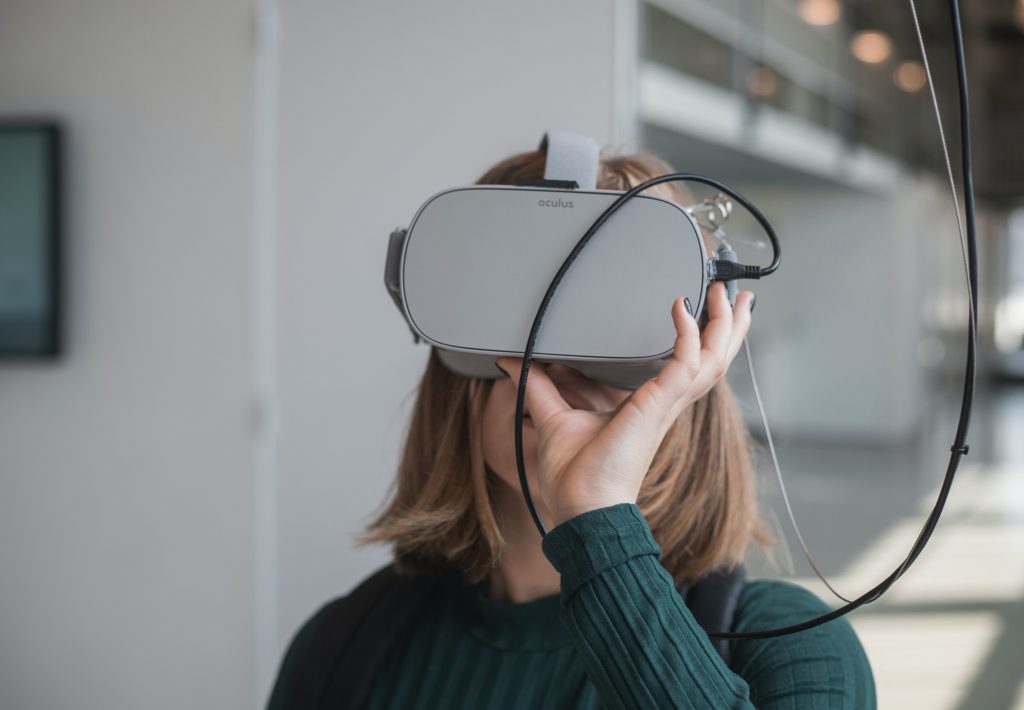
Virtual Language Learning: How VR is Changing the Way We Learn Languages
Introduction:
The intersection between technology and education is a dynamic space where innovation continually reshapes the learning landscape. In this transformative junction, Virtual Reality (VR) emerges as a pioneering force, especially in language acquisition. Explore how VR is revolutionizing language learning, offering immersive, interactive, and experiential learning journeys.
1. Immersive Learning Environments:
VR transports learners into virtual worlds where language immersion is holistic. Users can virtually traverse international locations, engage with native speakers, and practice language skills in contextually rich and interactive environments that mirror real-world experiences.
2. Contextual Learning:
With VR, vocabulary, and grammar are learned in context. Imagine learning French while virtually exploring the streets of Paris or mastering Japanese amidst Tokyo’s digital landscape. Contextual learning enhances comprehension, retention, and application.
3. Interactive Conversations:
VR enables real-time interactions with virtual characters or other users, offering opportunities to practice conversations. These interactive dialogues are tailored to different proficiency levels, ensuring that learners are challenged yet not overwhelmed.
4. Cultural Immersion:
Language is intricately tied to culture. VR allows learners to immerse in virtual cultural experiences, from festivals to historical tours, imparting linguistic nuances and cultural contexts that enrich the learning experience beyond mere vocabulary and grammar.
5. Customized Learning Paths:
VR applications offer personalized learning experiences. Users can select scenarios, conversations, and environments suited to their learning goals, preferences, and proficiency levels, ensuring an individualized learning journey attuned to each learner’s pace and objectives.
6. Engagement and Motivation:
The experiential and interactive nature of VR fosters engagement. The vivid, immersive environments and interactive modules make learning captivating, increasing motivation, and enhancing retention and application of learned language skills.
Conclusion:
As we navigate through 2023, VR emerges as a beacon in the linguistic odyssey, transforming traditional paradigms into immersive experiences where learning is not just seen and heard but lived. In the VR-enabled learning landscape, language acquisition is a journey where the borders between the virtual and real blur, offering learners a passport to global communication, cultural exploration, and linguistic mastery, one virtual experience at a time.

